Congratulations to our graduating class of 2016, soon to be the class of 2020! We are always impressed—but never surprised—at the remarkable colleges Adventure Treks students will soon be attending. Below is the list of the colleges our students have chosen.
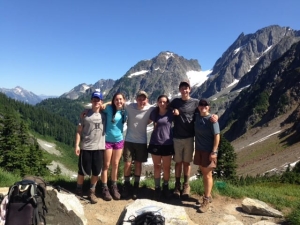
We feel privileged and grateful to have been a topic of many of your college essays. We know that navigating through the college “sorting hat” has been difficult, and we want to applaud every one of you for all the hard work you have put into your successful high school careers.
We’re so happy that our students have chosen schools that are a good fit for their personalities, abilities, and interests. We’d like to emphasize that what you will take away from your college experience has little to do with the prestige or rank of a given college, and everything to do with the mindset and attitude with which you approach your collegiate career. Success in college is about the effort poured into the experience, your desire to fuel your passions, the relationships formed with new friends and faculty, and your ability to thrive in new and sometimes ambiguous situations.
At a time when only 58 percent of students at four-year colleges graduate within six years and with more than a doubling over the past 10 years of freshman who need some kind of psychological counseling during their first year at school, we’re proud that the graduation rate of Adventure Treks students remains consistent at 98 percent! We believe the resilience, social confidence, collaboration, and community mindset skills you’ve strengthened through your Adventure Treks experiences will help you thrive in college (and the world beyond) and avoid the bumps so many students face.
Having talked to dozens of our graduates currently in college, here are some examples of how the Adventure Treks experience helped them prepare for college life:
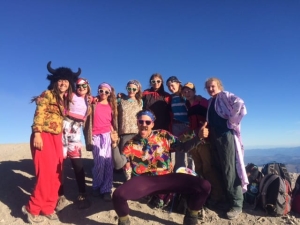
“AT did a phenomenal job preparing me for the transition to college. I had the ability to adapt to new and changing situations. I knew how to meet friends and how to work with different kinds of people. I have seen many of my friends struggle with the transition, but it’s been easy for me.” — Christopher, University of Richmond
“AT made me more comfortable in my skin; when I got to college, I didn’t have to try to be anybody but myself. It was refreshing and empowering.” — Max, Stanford University
“At AT, you learn how to help out and look out for others, how to thrive when things aren’t easy, and how to see a bigger picture beyond yourself. AT gave me the confidence to lead a school organization my freshman year, and it means I am always the one doing more than my share in project groups.” — Jake, University of Nevada, Reno
Here’s where many of our 2016 students have landed:
1. Elena Press, Stanford University
2. Mike Schaja, Georgia Institute of Technology
3. Teresa Heise, Purdue University
4. Allie Klass, Appalachian State University
5. Laura Gaines, North Carolina State University
6. Adam Hirsch, Bates College
7. Ally Russell, Kenyon College
8. Lexi Russell, University of Richmond
9. Lucy Kates, Georgia Institute of Technology
10. Ethan Sigman, Gettysburg College
11. Griffin Gildersteen, University of Vermont or Holy Cross University
12. Jarrod Gerstein, Hamilton College
13. Justin Burman, University of Colorado, Boulder
14. Carolyn Brager, University of Washington
15. Sammy Baum, Bucknell University
16. Sarah Griffiths, Vanderbilt University
17. Jared Cloutier, Grinnell College
18. Logan Schenkel, Widener University School of Engineering
19. Timmy Michael, Stanford University
20. Hunter Simpson, University of Vermont
21. Evan Douglas, University of Wisconsin, Madison
22. Sam Lincoln, Arizona State University – Barrett Honors College
23. Benjamin Shulman, Lewis and Clark College after a gap year with NOLS
24. Anna Berger, Washington and Lee University
25. Alex Uys, Deep Springs College
26. Jeremy Uys, American University or Bowdoin College
27. Colin Finnie, Queens University
28. Hunter James, University of Alabama – Rowing Scholarship
29. Ryan Katchiss, Indiana University
30. Risa Anczelowicz, Roger Williams University
31. Josh Haley, University of Cincinnati
32. Gabriela Garrido, Hult International Business School of London
33. Andrew Burns, Sonoma State University, School of Journalism
34. Tali Abkowitz, California State College, Chico, School of Nursing
35. Lily Brice, Bucknell University
36. Pia Von Strasser, University of California -Santa Barbara
37. Aidan Birnbaum, University of Michigan
38. Morgan Keely, McGill University
39. Leah Pensler, Scripps College, UCLA, Emory University, or Wesleyan University
40. Sierra Weavil, University of North Carolina – Charlotte
41. Jarred Copley, Driver Institute of Technology: Underwater Welding
42. Mark Heiphetz, University of Idaho
43. Emma Pickard, Rhodes College
44. Olivia West, University of California, Davis
45. Sarah Crucilla, California Institute of Technology 46. Jack Lane, Tulane University 47. Mary Virginia Shook, gap year figure skating for “Disney on Ice” then University of Michigan 48. Hannah Call, College of William & Mary
2016 graduates: If we missed you, please tell us where you are heading so we can add you to this list and put you in touch with Adventure Treks students already at your new school!
Congratulations, Dock, D-Mac and the whole AT Team

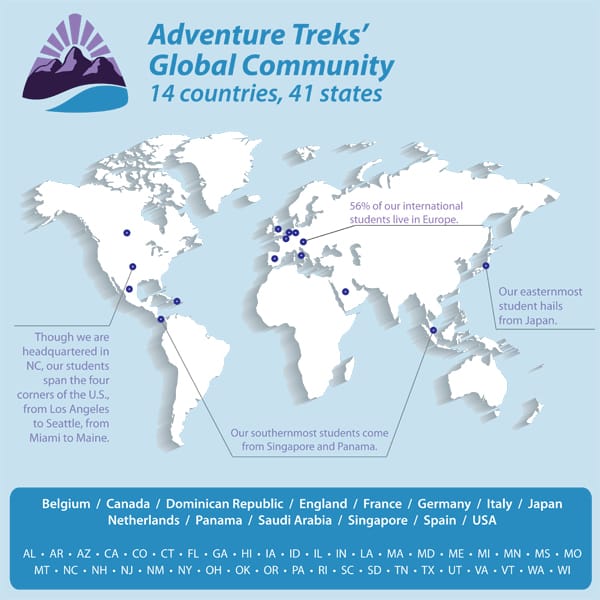
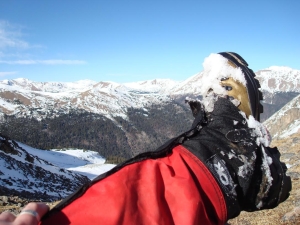
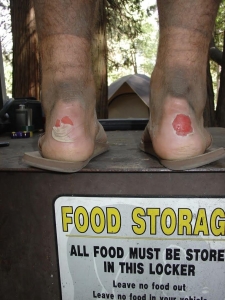


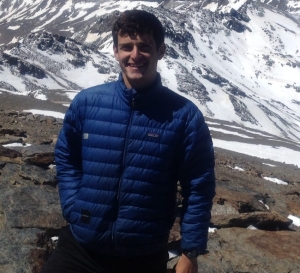 Instructor: Colin Hull
Instructor: Colin Hull